Literature Review, Knowledge Mining & Patent Intelligence: Bringing Order to Scientific Chaos
Every scientific breakthrough begins with a question and often, that question has already been asked somewhere, by someone, in some form. The challenge isn’t a lack of information. It’s the overwhelming abundance of it.
Every scientific breakthrough begins with a question and often, that question has already been asked somewhere, by someone, in some form. The challenge isn’t a lack of information. It’s the overwhelming abundance of it.
For researchers in life sciences, staying current feels impossible. Every year brings millions of new publications, clinical trial updates, and patent filings. Somewhere within them lie the clues that can guide discovery. The question is - how do you find them?
Enter AI, the quiet librarian of modern R&D.
From Reading to Reasoning
Traditional literature reviews are time intensive. Teams sift through countless abstracts, manually tag relevant studies, and summarize findings. AI is changing that by teaching machines to read like scientists not just for keywords, but for meaning.
Natural language processing (NLP) models can parse papers, extract cause-effect relationships, and identify relevant hypotheses. When linked with ontologies and biomedical taxonomies, these systems can surface nuanced insights, like connections between a gene mutation and a specific drug response pattern.
It’s not about replacing human understanding, it’s about reducing the noise. With AI, literature review evolves from a static search to a living, iterative discovery process, where every new study can refine what the model already knows.
Knowledge Graphs: Connecting What’s Known and What’s Possible
Scientific knowledge doesn’t exist in isolation. AI-driven knowledge graphs help connect concepts, linking molecules, mechanisms, diseases, and trials into networks that make hidden relationships visible.
For example, an oncology researcher might use a knowledge graph to explore connections between a protein family and drug resistance patterns. Instead of manually assembling hundreds of references, the graph visualizes relationships that point to potential new targets or therapeutic combinations.
These connections don’t prove causation, but they do illuminate promising directions. The insight is not “Eureka!” but “That’s worth a closer look.” And in research, that distinction matters.
Patent Intelligence: Seeing Beyond the Paper Trail
The role of AI in patent intelligence is to bring context to competition. By scanning and clustering patent filings, AI can reveal where innovation is heating up or cooling off. It helps R&D leaders understand where the field is saturated, where whitespace exists, and how evolving claims could impact future work.
Beyond legal foresight, AI-assisted patent mining has a creative payoff. By mapping similarities and differences in claims, scientists can identify overlooked approaches or complementary ideas that might never surface in a keyword search.
In an age where research speed defines market advantage, such visibility isn’t a luxury, it’s an edge.
The Human-in-the-Loop Advantage
Even the smartest AI models can misinterpret context. That’s why the best knowledge-mining systems keep scientists in the loop. Human reviewers validate the AI’s findings, fine-tune relevance scores, and guide further searches.
This collaboration ensures that automation never replaces expertise it amplifies it. The scientist still decides what’s meaningful; AI simply expands what’s possible to find.
From Insight to Action: Agilisium’s Role in Connecting the Dots
The future of knowledge management isn’t about having more information, it’s about having better context. AI makes that achievable, but only if insights are translated into decisions efficiently.
That’s where Agilisium’s ecosystem plays its part:
- Insights Generation Agent: Continuously scans literature, patents, and clinical data to generate curated, contextual intelligence summaries for research and portfolio teams.
- Content Generation Agent: Converts those insights into presentation-ready briefs, compliance documentation, and knowledge reports, reducing time from analysis to communication.
- Data Observability: Ensures the integrity of every dataset referenced, maintaining accuracy, lineage, and audit readiness across data sources.
AI might be changing how we read, but it hasn’t changed why we read to understand.
In a world overflowing with knowledge, the advantage now belongs to those who can make sense of it first
To find out more, visit www.agilisium.com or send us an email at sales@agilisium.com.



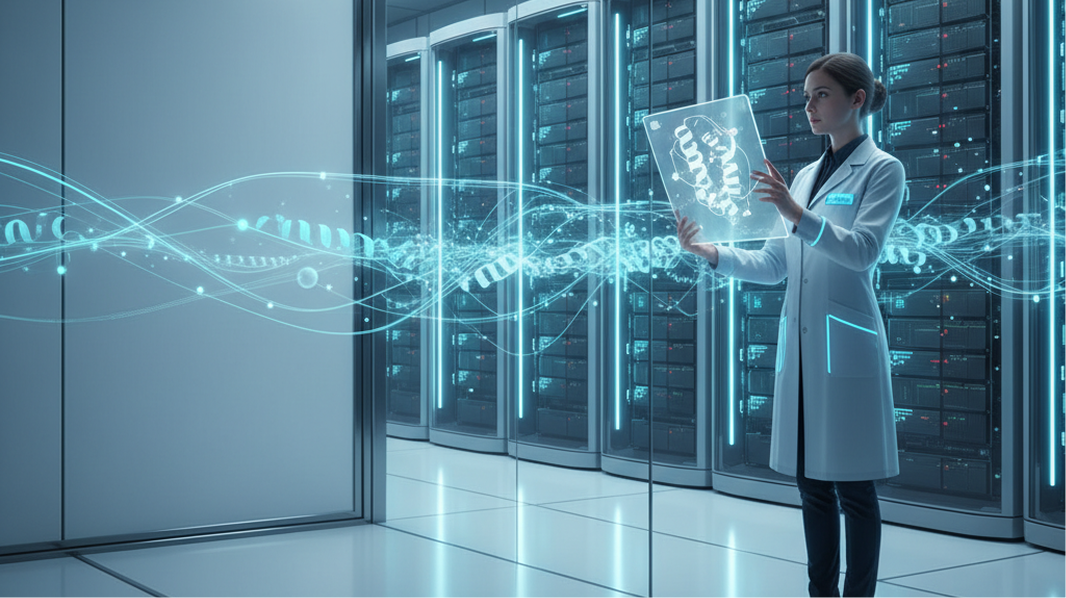



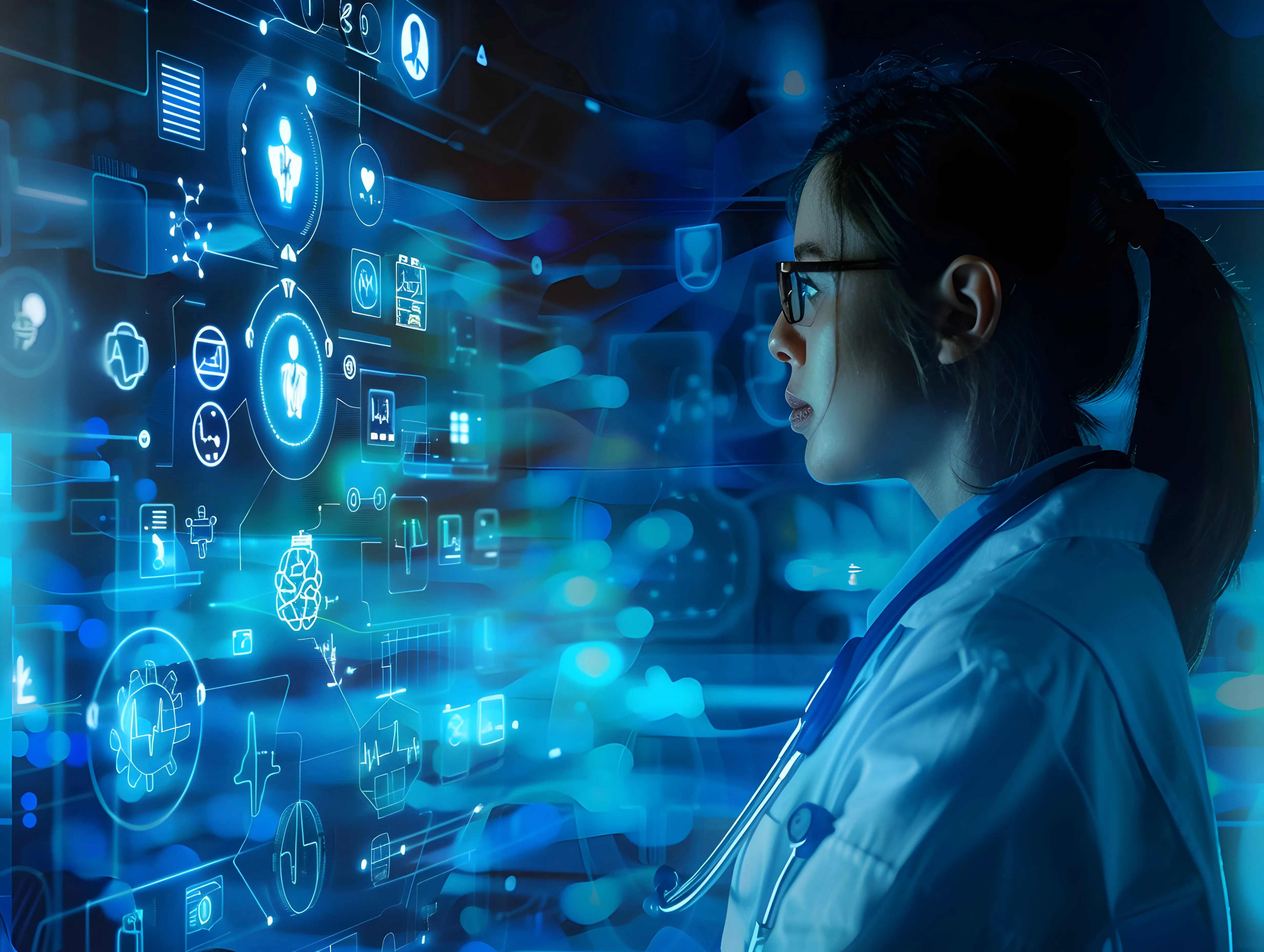

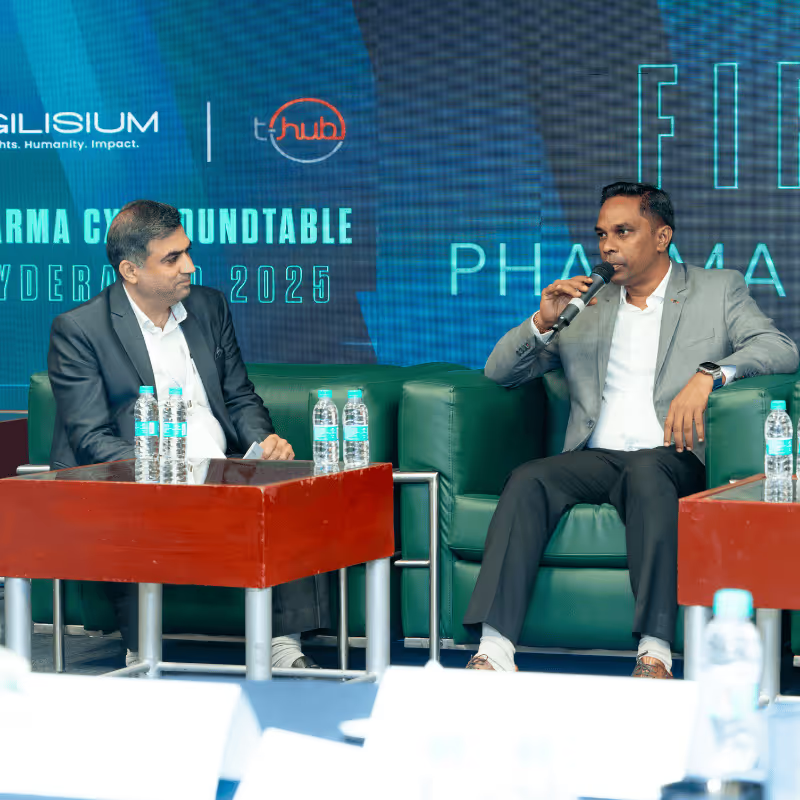

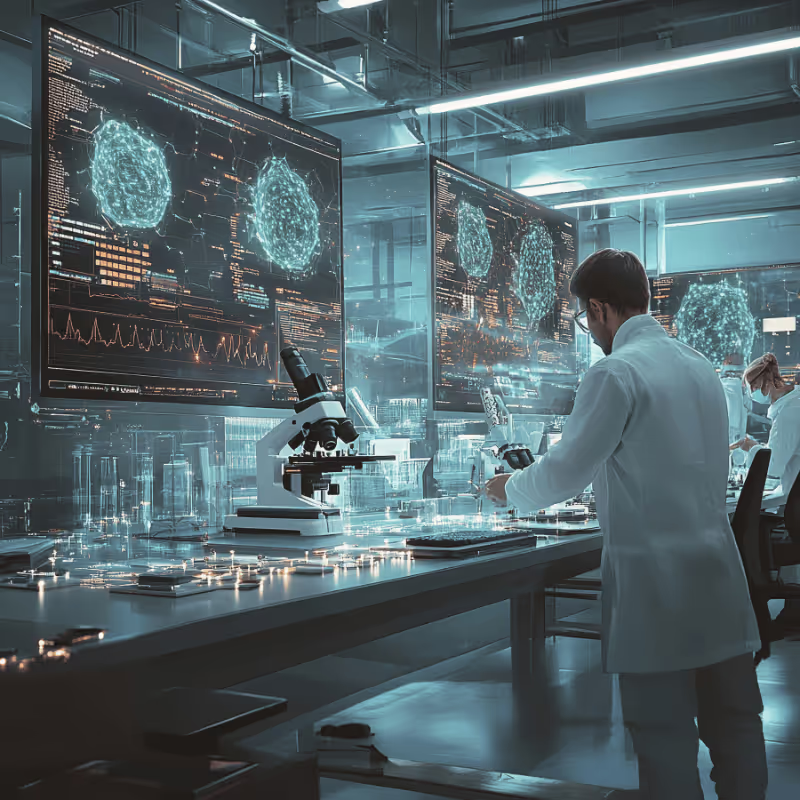
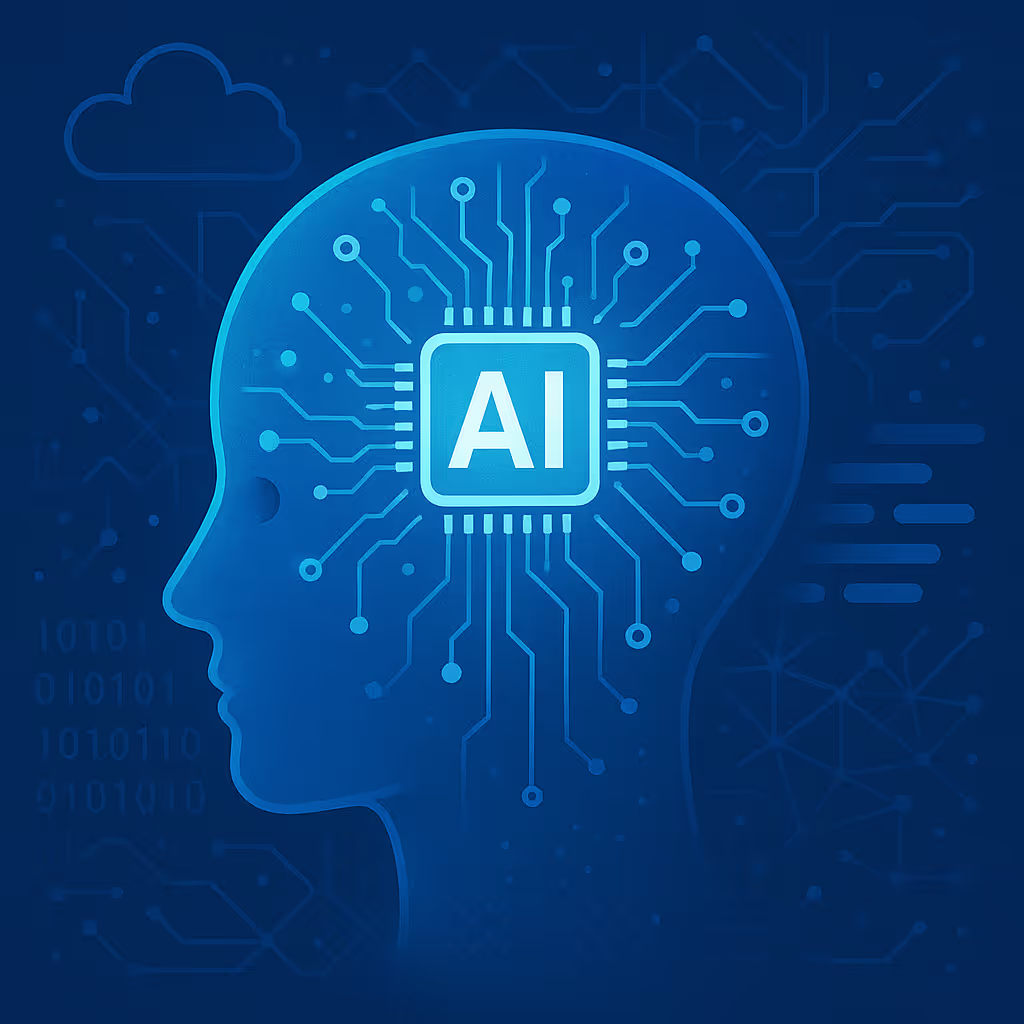

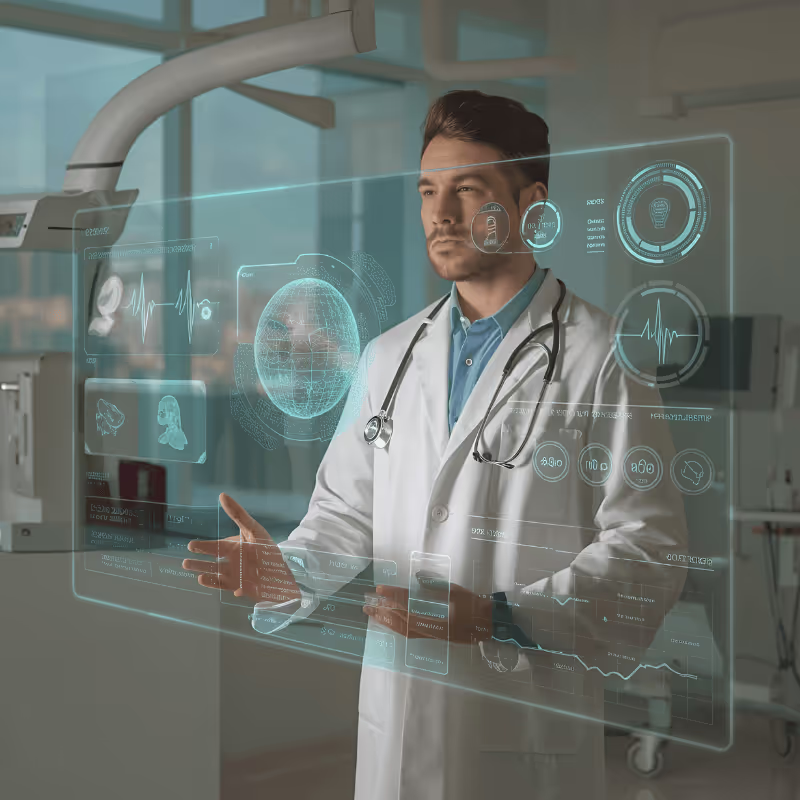
%20(7).avif)



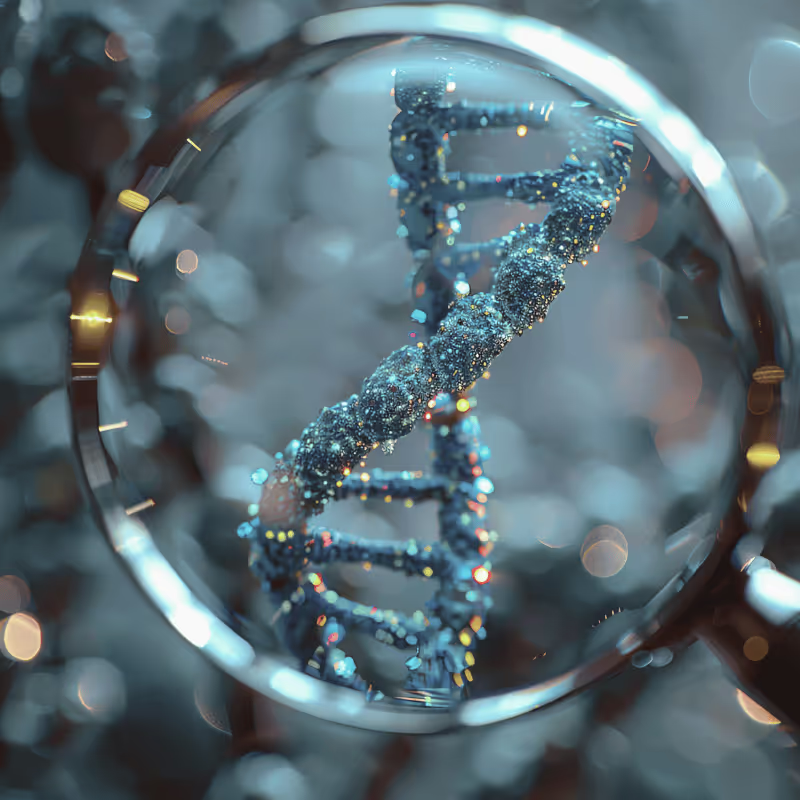

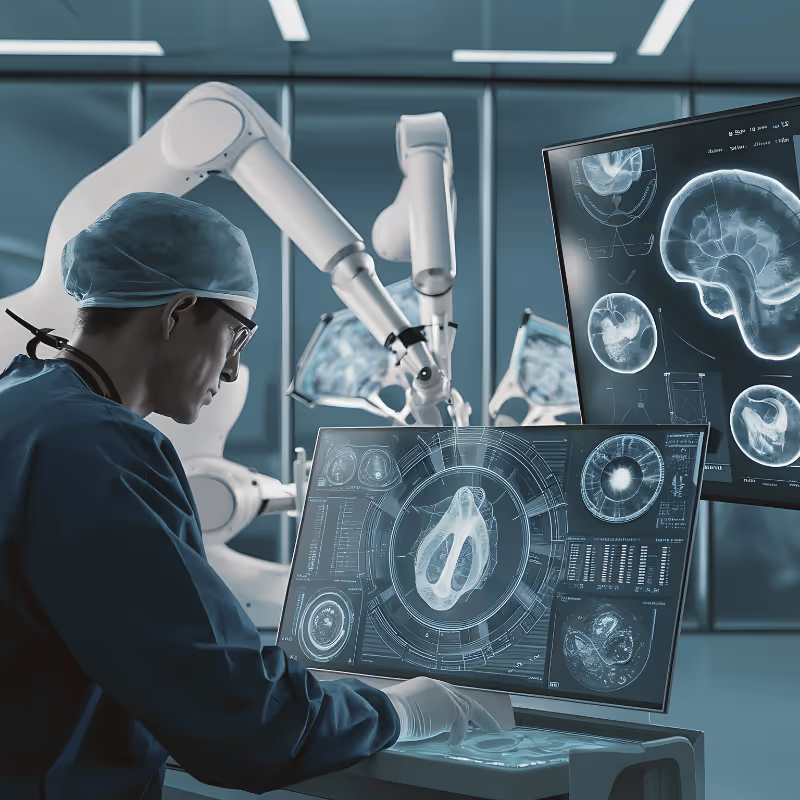









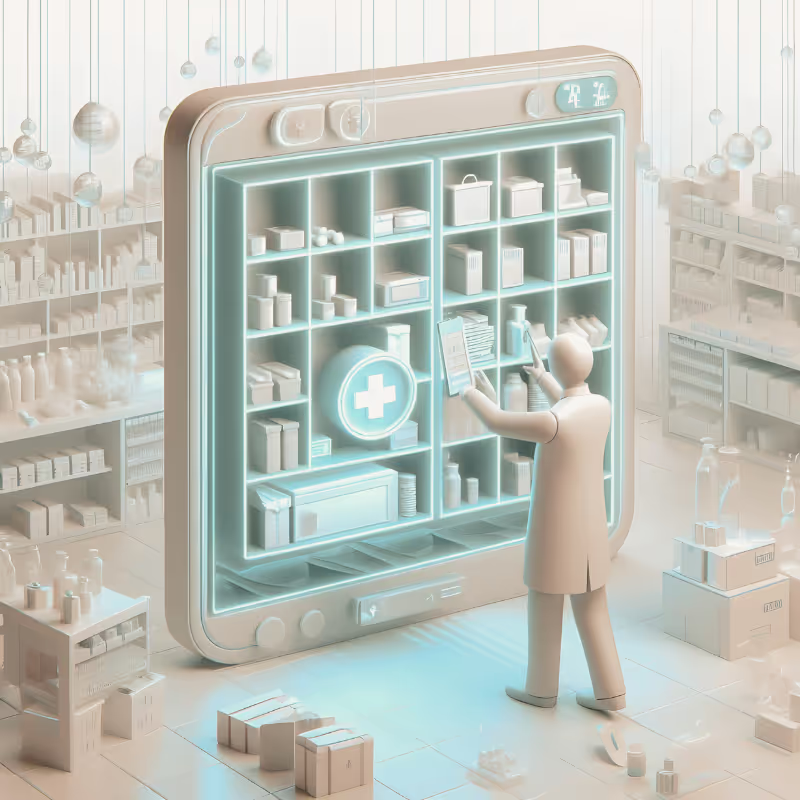




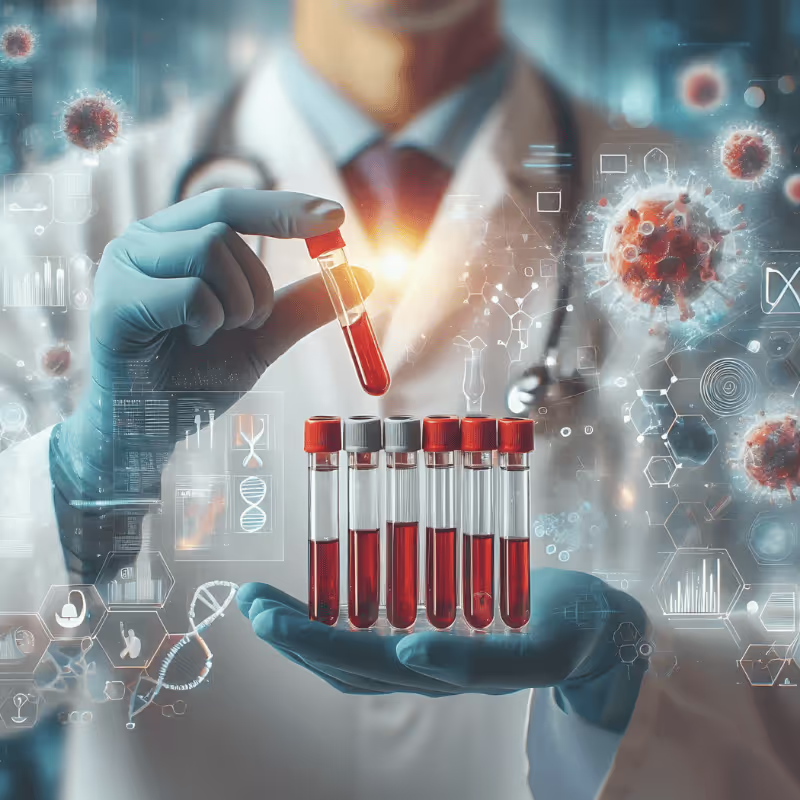


%20(5).avif)
.avif)


